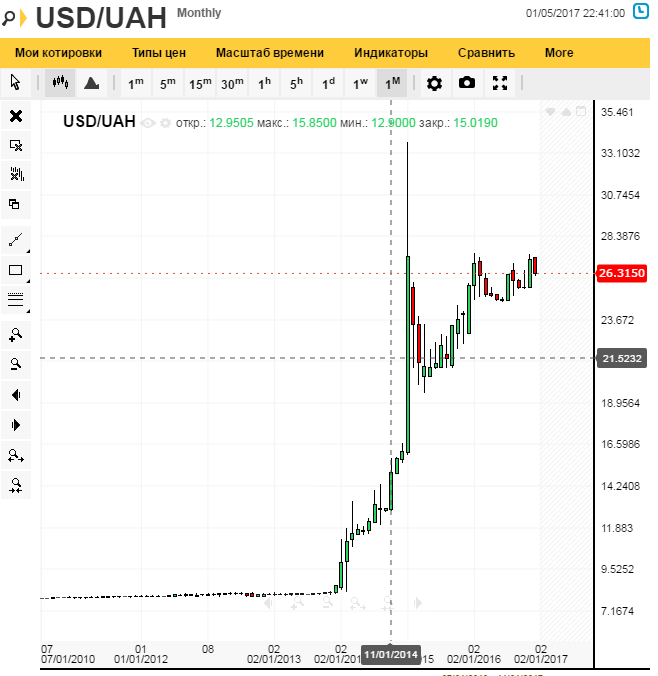Calculating Pip Value in Different Forex Pairs
- January 18, 2023
- Forex Trading
Contents:
Contents:


Please read all scheme related documents carefully before investing. Past performance is not an indicator of future returns. Cannae Holdings, Inc. shares has a market capitalization of $ 1.466 B.
Cannae Holdings: The SOTP Case Comes Back Around (NYSE ….
Posted: Tue, 29 Jun 2021 07:00:00 GMT [source]
The book value of a stock is theoretically the amount of money that would be paid to shareholders if the company was liquidated and paid off all of its liabilities. Other obligations– Companies often enter into contracts and agreements which may force them to operate in a certain way, that might not be desirable in the short run. Such contractual agreements must be kept in mind before you decide to invest in a company. World-class wealth management using science, data and technology, leveraged by our experience, and human touch.
This reflects an how can an organization have a negative gross profit margin picture of the restaurant chain, since newly opened outlet generally aren’t profitable and lack the customer footfall in the initial days of operation. Also, comparable sales growth shows how much the company’s revenue from its existing store network is growing. System sales– Restaurant companies have a few different operating structures. These include having company-owned stores, franchised stores or a mix of both.
Enterprise value includes in its calculation the market capitalization of a company but also short-term and long-term debt as well as any cash on the company’s balance sheet. Market cap or market capitalization is the total market value of all of a company’s outstanding shares. I am a CFA Level 1 candidate, due in February 2021, and am currently an undergraduate student at St. Xavier’s College , Kolkata. My interests lie in the field of Finance, focusing on Equity analysis, Financial modeling, and trading in the stock markets with an investment perspective.
However, restaurant companies generally engage in store expansions only when they’ve found success with their existing store network and are looking to recreate with new store openings. Franchised restaurants percentage– The division of branded restaurants into self-owned outlets and franchises, is important. It signifies the company’s revenue-generating capability by way of direct sales to consumers, as opposed to earning royalties and franchise fees from franchised stores.

Revenue per employee generally indicates the efficiency of the company. The restaurant industry is one of the fastest-growing industries currently. As time is progressing, more people are eating out and contributing to this. Many companies like Chipotle Mexican Grill have announced that a significant number of restaurants that it opens this year will have drive-thru facilities. Since the pandemic is not going anywhere anytime soon, restaurants are adapting themselves to the new normal. Such drive-through and takeaway options will also encourage those people to eat out who would otherwise not prefer dining inside a restaurant.
This item is an excellent and simple basis of comparison between companies in this industry. Higher AWS signifies increased sales volume and customer footfalls. Revenue – The revenue figure in the restaurant industry is slightly different from the aforementioned system sales. A restaurant chain’s revenue is the aggregate franchising fee that it earned from its franchises, in addition to the revenue that it earned from from its own company-owned stores. In this calculation, we leave out the revenue earned by its franchises.
Cannae Holdings Full Year 2022 Earnings: EPS Beats Expectations, Revenues Lag.
Posted: Fri, 24 Feb 2023 08:00:00 GMT [source]
Shift to Health foods – There is the growing trend of eating healthy nowadays, which is weighing on fast-food and traditional restaurant sales. This heightened impetus on healthy foods has already put many companies to bed and given rise to new companies that are either unreasonably expensive or are not sustainable in the long run. So, make sure that the restaurant stock you’re picking, isn’t catering to a niche and sitting well with the health-conscious consumers.
Other concerns – Many companies like fast food chains enter into agreements that compel them to fulfill certain obligations, such as opening a certain number of outlets and/or franchises within a stipulated time. Contractual obligations of such a face may make the stock price volatile as they may constrain the company to take actions, which might not be in the best interest of its shareholders. Average weekly sales– Average weekly sales, also called average weekly net sales , refers to the average revenue a company generates in an operating week.
In the early stages of a startup restaurant chain, it may be difficult to decipher and predict whether the concerned company would close shop in a few years or would go on to become a successful story. Table turnover rate– Table turnover rate or table turn rate, is the average number of parties served per table. A higher turn rate can imply that the restaurant is serving more customers per table, hence maximizing its revenue per table. For companies with tight margins, the table turn rate should be more. It is calculated by dividing the number of groups served by the total number of tables.
It helps the company allocate resources better, and it helps the investors and other stakeholders keep track of such trends. Revenue per employee– Revenue per employee is obtained by dividing the revenue of the company by the number of its employees. Just like average weekly sales, average sales transaction, and average unit volume, this metric is fairly straightforward. It shows the amount of revenue the company is generating per employee.
https://1investing.in/ Additions – As mentioned above, restaurants grow their revenues by opening new stores. So, it’s vitally important to track their pace of new store additions as well. Generally, an increase in the number of stores/outlets indicates growth and is a positive sign for the company and its investors, since this increases future revenue potential for the company. It also signifies the company’s management and its board’s confidence in the restaurant chain and how it’s being operated.
People have also started to choose health over taste. There is a rising demand for healthy and organic food options and unhealthy processed foods are losing widespread appeal. People also prefer restaurants that are eco-friendly as they consider it a step towards a healthier environment. Mutual Fund investments are subject to market risks.

Difficulty in Profitability – Restaurants business is capital intensive in nature. From pre-opening costs down to their day-to-day activities, there are various kinds of capital expenditures and depreciation expenses involves. All these expenses can quickly rack up and weigh on their margins. Many newcomers and restaurant startups are unable to sustain the cost margin model in this industry and companies, generally, have to remain operational to break even and take advantage of unit economics. 99% of companies are not listed– The majority of the restaurants in this industry are not listed on the exchange. A major portion of the restaurant sector is owned by private companies or individuals, which makes it less regulated compared to other sectors like oil and gas.
I aspire to be a top-tier portfolio manager in the future. Another trend observed in this sector is the growing use of technology and innovation in and outside the kitchen. Companies like Starbucks doubled their unique customers within 2 years of their app launch. Online ordering has increased over the years. With the consequences related to the Covid-19 pandemic, this rate has increased rapidly. There is greater demand for home-delivered food, and people are switching from in-restaurant dining at an increasing pace.
You can track various restaurant stocks, along with companies from several other industries, and analyze their performance at a deep-level. View our pricing plans here; plans starting at just $19 per month. Future Uncertainty – As mentioned earlier, restaurants can take a considerable amount of time to become profitable and take even longer before they can earn decent returns for the stakeholders.

Revenue per average customer/average sales transaction– Similar to average weekly sales, the average sales transaction refers to the average revenue per transaction. High average sales transactions can imply that the customer footfalls aren’t huge, but customers spend a lot more per transaction on average. This is generally true for high-end luxury restaurants.
An increase in the franchisees of the company may indicate that people and investors deem it profitable, successful and investable, hence more people are willing to run a business under the brand name. Franchise fees and royalties are a stable source of income for the restaurant chain, with minimal operating costs or capital expenditures involved. Comparable sales – Restaurants chains grow revenue by opening new stores and by expanding sales of their existing stores. The comparable sales figure tracks the latter — it encompasses sales from stores that already existed a year ago and doesn’t include the revenue contribution from new stores.
Low average sales transaction may imply a wider reach to the customers and greater footfalls, but at a low-price range of menu items sold — food chains and drive-throughs generally come under this category. Average unit volume is a similar metric that refers to the average revenue per open unit or studio of the company. Day-part sales mix %– Day-part sales mix is the segregation of revenues based on the time of day it is incurred. In other words, it allocates what percentage of revenue is incurred during a particular time of day. This metric helps restaurants understand the time of day that is busiest and lightest for them.
The price-earnings ratio is a company’s share price to the company’s Earnings per Share. The ratio is used for evaluating companies and to find out whether they are overvalued or undervalued. The price-to-book ratio is a company’s current market price to its Book Value. Traditionally, any value under 1.0 is considered a good P/B value, indicating a potentially undervalued stock.
Join The Discussion